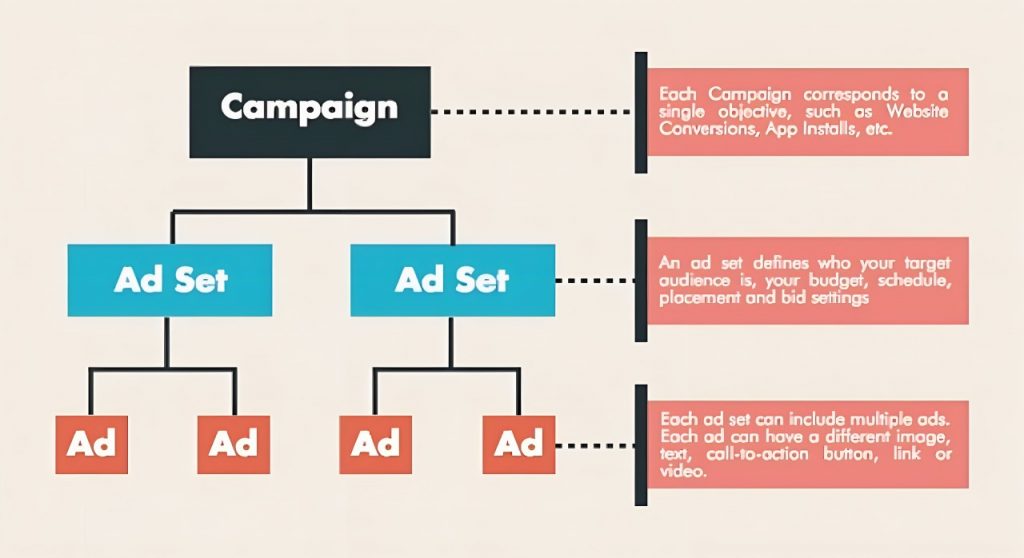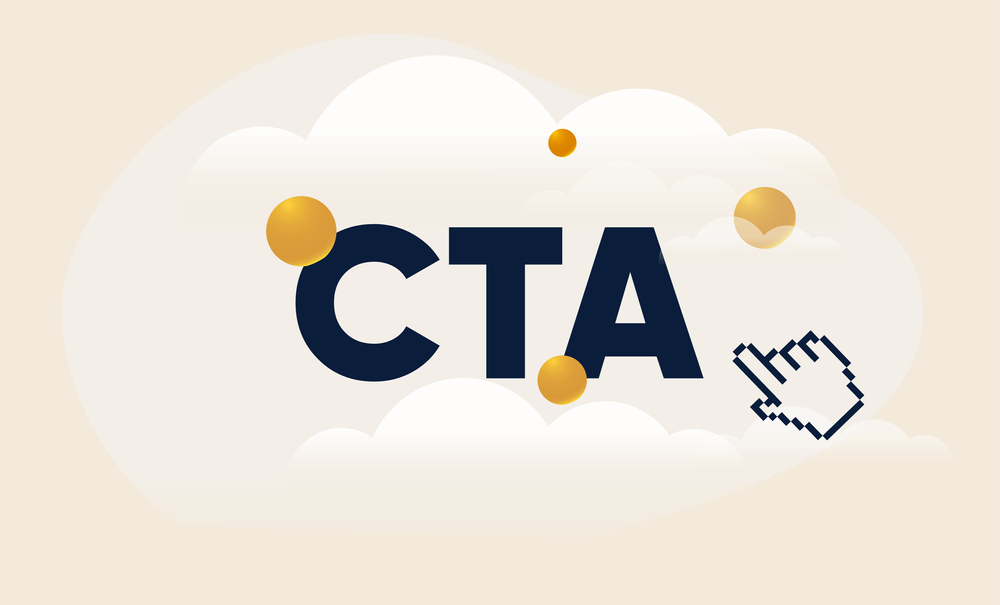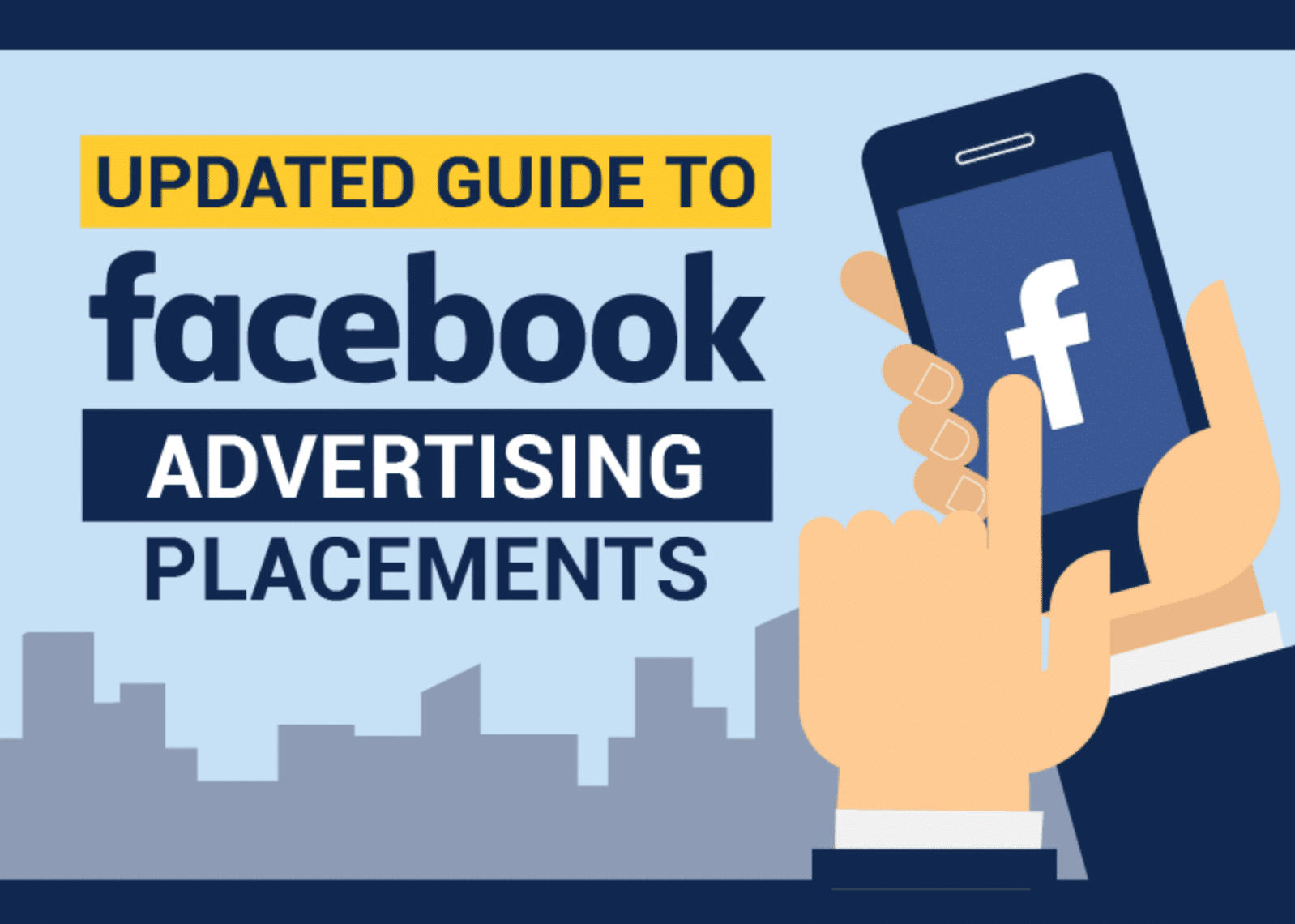In today’s digital landscape, Facebook ads have become a powerful tool for businesses to reach their target audience, generate leads, and boost sales. However, many advertisers make common mistakes that can limit the effectiveness of their campaigns. Whether you’re a novice or a seasoned marketer, understanding these pitfalls and knowing how to fix them is crucial for maximizing the potential of your Facebook ads. This guide will highlight some of the most frequent mistakes people make in Facebook advertising and provide actionable tips on how to improve your campaigns for better results.
Why Facebook Ads Matter for Your Business

Facebook ads allow businesses to target specific audiences based on demographics, interests, and behaviors, making it one of the most effective advertising platforms available. With more than 2.8 billion active users, the platform offers a massive potential audience. Whether you’re looking to increase brand awareness, drive website traffic, or generate sales, Facebook ads provide a wide range of options to achieve your business objectives. But running successful Facebook ad campaigns requires strategy, knowledge, and continuous optimization. Let’s explore the most common mistakes and how to avoid them.
Common Facebook Ads Mistakes and How to Fix Them
1. Not Defining Your Target Audience Properly
One of the biggest mistakes advertisers make is not properly defining their target audience. Facebook offers powerful targeting options, but if you don’t set up your audience correctly, your ads may not reach the people who are most likely to convert.
How to Fix It
To fix this, take the time to understand your ideal customer. Use Facebook’s audience insights tool to analyze your existing customer base, or create buyer personas to better define who you want to target. Be specific with your audience settings—don’t target a broad group unless necessary. Narrowing down your audience based on demographics, location, interests, behaviors, and other relevant factors will significantly improve the relevance and effectiveness of your ads.
2. Poor Ad Creative and Visuals
The visuals in your Facebook ads are the first thing that will catch your audience’s attention. If your visuals are generic, unclear, or poorly designed, your ad will fail to make an impact. Eye-catching images or videos are essential to grab attention in a crowded social feed.
How to Fix It
Invest time in creating high-quality visuals that align with your brand and resonate with your target audience. Use bright colors, clear text, and images that tell a compelling story. If you are using videos, ensure they are engaging from the start and communicate your message effectively. Experiment with different creative formats, such as carousel ads, to see which resonates the most with your audience.
3. Ignoring Mobile Optimization
With over 98% of Facebook users accessing the platform via mobile devices, failing to optimize your ads for mobile is a huge mistake. Ads that aren’t mobile-friendly may appear awkward or unreadable on smaller screens, leading to poor user experience and reduced engagement.
How to Fix It
Ensure your Facebook ads are optimized for mobile by using mobile-friendly formats, such as vertical videos or images with a 4:5 ratio. Keep text minimal and ensure any call-to-action (CTA) buttons are easily clickable on mobile devices. Test your ads on different devices to confirm that they look great on all screen sizes.
4. Not Setting a Clear Objective
One of the most important steps in running a Facebook ad campaign is choosing the right objective. Many advertisers make the mistake of running ads without a clear objective, which can lead to wasted budget and poor performance. Facebook offers a range of objectives based on your business goals, such as brand awareness, traffic, lead generation, and conversions.
How to Fix It
Before launching any campaign, define a clear objective. Ask yourself what you want to achieve with the ad: Are you looking to drive website visits, increase brand awareness, or make sales? Once you have a clear goal, choose the appropriate objective in Facebook Ads Manager. This will guide Facebook’s algorithm to optimize your ad delivery for the desired outcome.
5. Failing to Test and Optimize Ads
Facebook ads require continuous testing and optimization to ensure they’re performing at their best. Many advertisers make the mistake of running an ad and then letting it run without making adjustments. Without regular testing, you may miss opportunities to improve performance and reduce ad spend.
How to Fix It
Run A/B tests (split tests) to test different ad elements, such as headlines, visuals, CTA buttons, and audience segments. Use Facebook’s built-in analytics to track key metrics like CTR (Click-Through Rate), ROAS (Return on Ad Spend), and conversion rates. Based on the results, make adjustments to improve your ad’s performance. Regular optimization ensures that your campaigns remain cost-effective and impactful.
6. Not Utilizing Facebook Pixel
Facebook Pixel is a powerful tool that allows you to track website activity and gather valuable data on how users interact with your website. Without it, you’re missing out on a wealth of information that could help improve your ad campaigns.
How to Fix It
Install the Facebook Pixel on your website to track conversions, measure the effectiveness of your ads, and build custom audiences for retargeting. The data collected by the Pixel will help you optimize your ads for better targeting and higher conversion rates. Make sure to track both on-site actions (like purchases and sign-ups) and off-site actions (such as engagement with your ad content).
7. Overcomplicating the Campaign Structure
Facebook Ads Manager can be overwhelming for beginners, and some advertisers tend to overcomplicate their campaign structure by creating too many ad sets and targeting options. This can lead to confusion and unnecessary complexity in managing your campaigns.

How to Fix It
Keep your campaign structure simple and organized. Start with one or two ad sets and focus on optimizing them. Once you identify what works, you can scale and test more variations. A clear, streamlined approach to your ad structure will make it easier to monitor performance and make data-driven adjustments.
8. Setting an Inadequate Budget
Many advertisers set their budget too low or don’t properly allocate it across different ad sets. Setting an inadequate budget can limit your reach and hinder your ability to achieve significant results. On the other hand, overspending without sufficient optimization can waste money without yielding a good return on investment.
How to Fix It
Set a budget that aligns with your campaign goals and the audience you want to reach. Facebook allows you to set daily or lifetime budgets. Start with a moderate budget to gather data, and once you see what works, you can gradually increase it to scale your ads. Always monitor your campaigns and adjust your budget allocation to focus on the most profitable ad sets.
9. Overlooking the Power of Retargeting
Retargeting is an incredibly powerful tool that many advertisers fail to take full advantage of. Retargeting allows you to reach people who have already interacted with your brand or visited your website, making them more likely to convert.
How to Fix It
Implement retargeting campaigns using Facebook’s Custom Audiences feature. Create separate ad sets for users who have visited specific pages on your website, added items to their cart, or engaged with your social media content. Retargeting helps keep your brand top of mind and increases your chances of converting leads into customers.
10. Not Using Clear and Compelling CTAs
A common mistake in Facebook ads is not having a clear and compelling call-to-action (CTA). Without a CTA, users may not know what action to take next, which can lead to missed opportunities for conversion.

How to Fix It
Ensure that each ad includes a clear, actionable CTA. Whether it’s “Shop Now,” “Learn More,” or “Sign Up,” make sure your CTA stands out and encourages users to take immediate action. Test different CTA phrases to see which resonates best with your audience and drives the highest conversion rates.
Conclusion
Facebook advertising can be a highly effective way to reach your target audience and grow your business, but only if you avoid common mistakes and continuously optimize your campaigns. By properly defining your target audience, creating compelling ads, testing regularly, and using Facebook’s powerful tools like Pixel and retargeting, you can significantly improve your ad performance and achieve better results. Keep learning, testing, and refining your approach to Facebook ads, and you’ll be on your way to running successful campaigns that deliver a strong return on investment.
By avoiding these common mistakes and implementing the solutions shared in this article, you’ll be well on your way to mastering Facebook advertising and seeing tangible business growth.

Leave a Reply